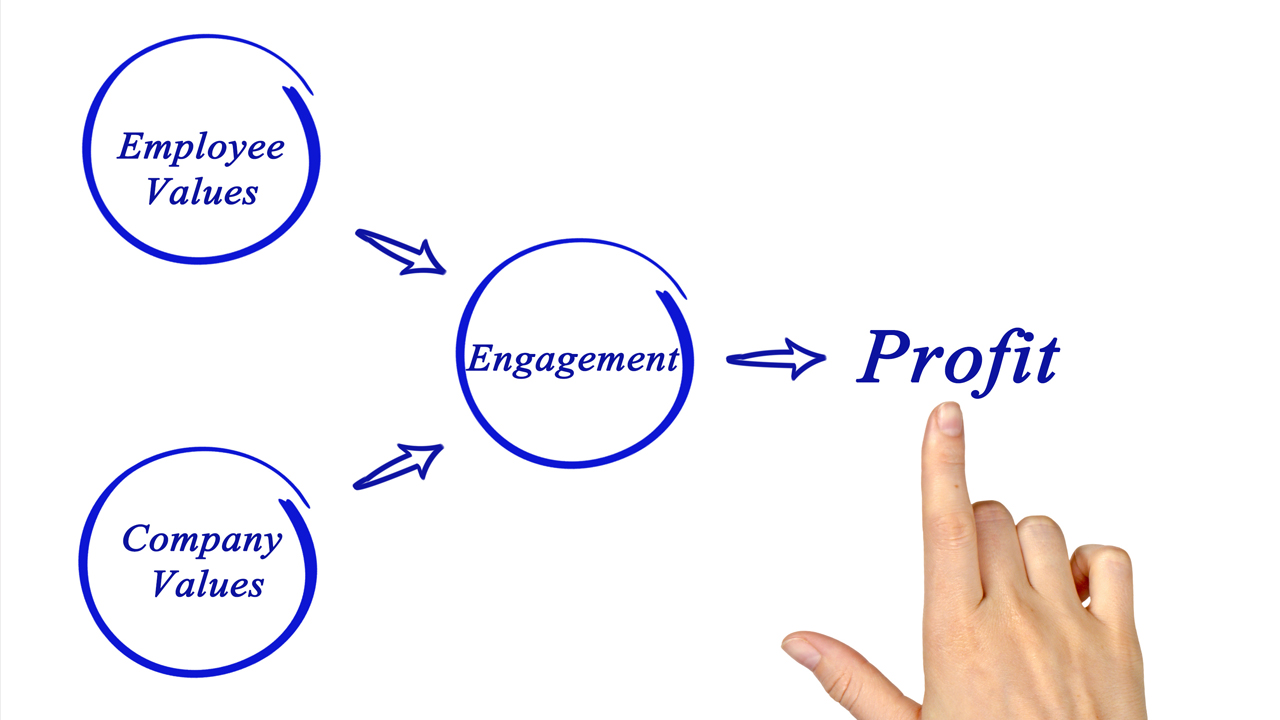
Currie Gauvreau
Contributing Writer
Direct Energy
Growing up I learned to love sports. I watched, learned and played them. It became a part of me, a passion that could not be diminished.
I remember watching Larry Bird, and later Michael Jordan just simply DOMINATE a game. They were always good, but there were times when they were in “The Zone”. During these games, nobody could stop them, period.
It wasn’t until years later during my graduate studies that I was introduced to the work of psychologist Mihaly Csikszentmihalyi. Commonly referred to as the world’s leading researcher in “positive psychology”, motivation and in particular for his theories of “Flow”.
In his book “Flow: The Psychology of Optimal Experience” Dr. Csikszentmihalyi outlines his theory that people are happiest when they are involved in an activity where they are fully immersed and focused, where nothing else seems to matter. In recent years this is known as “being in the zone”. When you are completely engaged, are totally fulfilled and performing something at a high level with a great deal of skill you are in the zone. Have you ever been working on something and was extremely productive and then look up and realize that several hours have gone by? That is “Flow”.
So how does this relate to business? Achieving flow is based on a high level of intrinsic motivation. Csikszentmihalyi described one achieving a high level of gratification from the experience as the key to flow.
There are three conditions to achieve a flow state:
• The employee must be involved in an activity with a clear set of goals and see progress.
• The activity must have clear and immediate feedback.
• The employee must have a good balance between the perceived challenges of the activity at hand and their own perceived skills. They must have confidence in their ability to complete the task at hand.
Owen Schaffer (2013) in his paper Crafting Fun User Experiences: A Method to Facilitate Flow, proposed 7 flow conditions:
1. Knowing what to do
2. Knowing how to do it
3. Knowing how well you are doing
4. Knowing where to go (if navigation is involved)
5. High perceived challenges
6. High perceived skills
7. Freedom from distractions
Schaffer also published a measure, the Flow Condition Questionnaire (FCQ), to measure each of these 7 flow conditions for any given task or activity.
Companies know that employee engagement has a direct implication on customer satisfaction, net promoter scores and the bottom line. But ultimately, this means that companies and employees want similar things—to feel that they are doing good work on important projects.
To help create more flow and empower employees to do their best work, organizations must shift employee engagement strategies from feel-good team-building events to creating more flow in day-to-day practices.
To begin, organizations can take the following initial steps:
1. Build a positive environment: Offer a workspace that employees are excited to spend time in daily.
2. Enhance communication and transparency: Offer employees clear expectations.
3. Empower employees: Permit employees to be innovative and deviate from the norm. Allow them to make decisions that are aligned with organizational goals yet enhance the fulfillment of objectives.
4. Develop strong organizational structures: Manage work schedules. Ensure everyone on the team knows projects schedules and deadlines.
Studies have shown that with minor changes you can start using Flow to your advantage. Introduce some of these strategies at work and watch production, and employee engagement soar!

